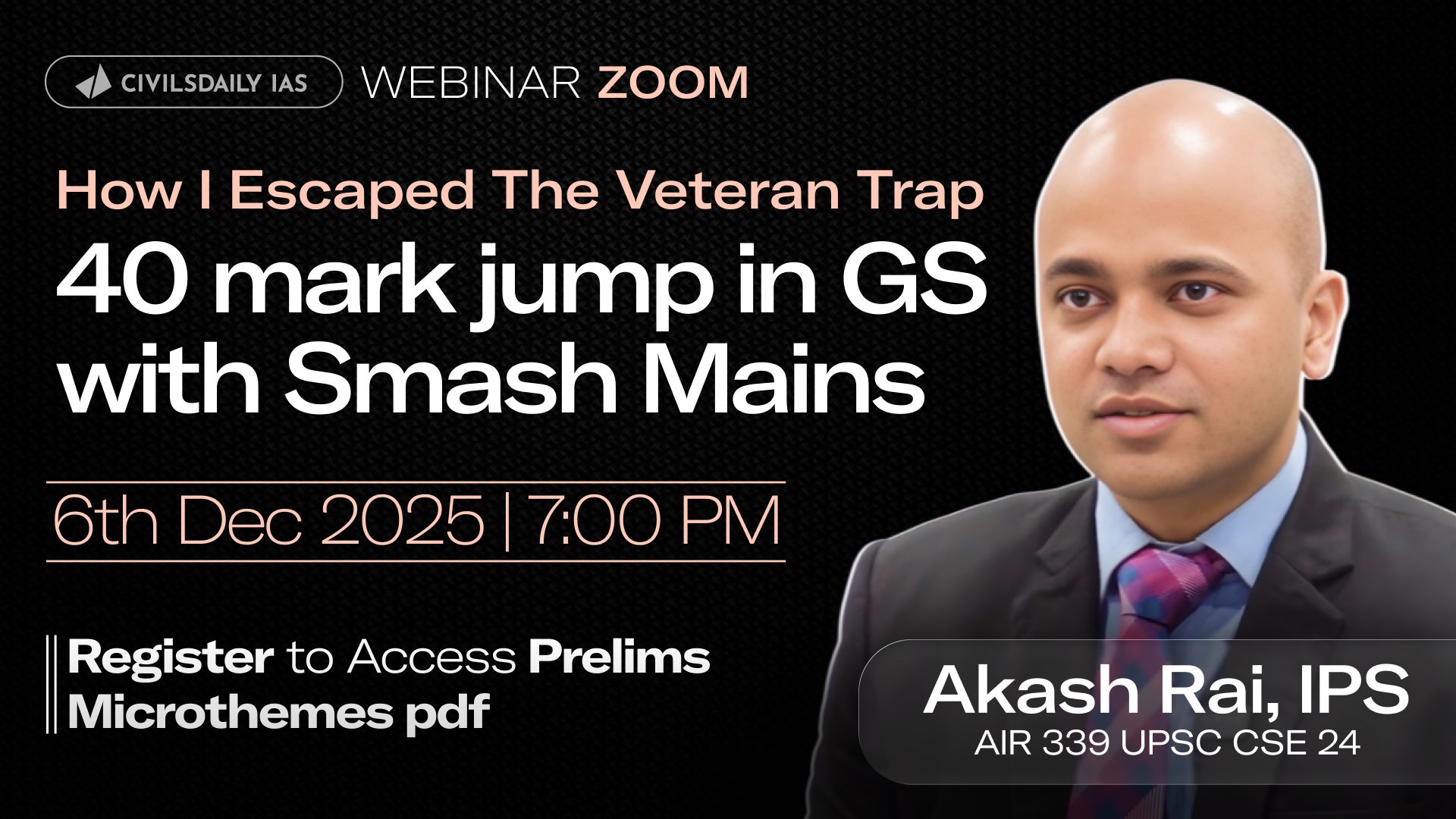Why in the News?
Justice B.R. Gavai has been sworn in as the 52nd Chief Justice of India (CJI).
About the Chief Justice of India:
- The CJI is the head of the Supreme Court and the highest-ranking judicial officer in the country.
- As the “Master of the Roster,” the CJI has the exclusive authority to:
- Constitute benches
- Allocate cases among judges
- Decide the schedule of hearings
- The CJI leads the judicial and administrative functions of the Supreme Court.
- Holds administrative control as recognised in State of Rajasthan v. Prakash Chand (1997).
- The CJI is referred to as “first among equals” among Supreme Court judges.
Powers and functions of the CJI:
- Judicial Functions:
-
- Assigns judges to the Constitution Benches. (Article 145)
- Handles interpretation of important legal and constitutional matters. (Article 145)
- Exercises judicial leadership by steering jurisprudential direction. (Article 145)
- Exercises judicial authority in matters of national significance. (Article 136)
- Protects fundamental rights through the Supreme Court’s original and appellate jurisdiction. (Article 32)
- Administrative Functions:
-
- Maintains court roster and case listing. (Derived from judicial precedent and administrative conventions)
- Supervises court staff and administration. (Based on administrative authority of the CJI)
- Ensures smooth functioning of the Supreme Court. (Supreme Court Rules, 2013)
- Holds disciplinary authority over subordinate judicial officers. (Administrative powers acknowledged in precedents)
- Engages in administration of justice at the highest level. (Overarching responsibility under Article 145)
- Advisory Function:
-
- Provides advisory input when consulted by the President. (Article 143)
Appointment and Terms:
- Article 124 of the Constitution empowers the President of India to appoint the CJI.
- Traditionally, the senior-most judge of the Supreme Court is appointed.
- Exceptions to this practice:
- 1973: Justice A.N. Ray appointed over 3 senior judges.
- 1977: Justice M.H. Beg appointed over Justice H.R. Khanna.
- Qualifications as outlined in Article 124(3):
- Must be a citizen of India, and:
- Served at least five years as a High Court judge, or
- Practised at least ten years as a High Court advocate, or
- Deemed a distinguished jurist by the President.
Selection Procedure:
- Governed by the Memorandum of Procedure for Appointment of Supreme Court Judges.
- The Union Law Minister seeks the outgoing CJI’s recommendation.
- The recommendation is processed as follows:
- Sent to the Prime Minister by the Law Ministry.
- Prime Minister advises the President.
- President of India appoints the new CJI.
- No specific timeline is defined — the recommendation must be made at the “appropriate time”.
Tenure and Removal:
- CJI serves until the age of 65 years.
- Can only be removed through removal under Article 124(4):
- Requires approval by both Houses of Parliament.
- Must be supported by:
- A majority of total membership, and
- A two-thirds majority of members present and voting.
- Grounds for removal: Proven misbehavior or incapacity.
[UPSC 2021] With reference to the Indian judiciary, consider the following statements:
Which of the statements given above is/are correct? Options: (a) 1 only (b) 2 only (c) Both 1 and 2 * (d) Neither I nor 2 |
Get an IAS/IPS ranker as your 1: 1 personal mentor for UPSC 2024

